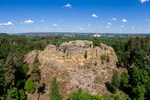Quite impressive ruins of a medieval rock castle from the 12th century. Some rock-cut rooms and the remains of the donjon have been preserved. Around the ruins are the remains of a newer castle with ramparts.
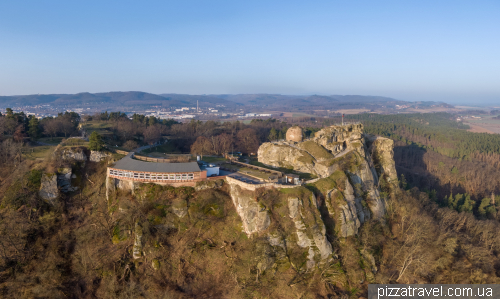
Ruins of Regenstein Castle in the Harz Mountains (Burg Regenstein) ©Yuriy Buriak

Ruins of Regenstein Castle in the Harz Mountains (Burg Regenstein) ©Yuriy Buriak

Ruins of Regenstein Castle in the Harz Mountains (Burg Regenstein) ©Yuriy Buriak
In Germany, the castle is known primarily for Count Albrecht II von Regenstein, who in the 1330s had frequent disputes with the rulers of the surrounding towns, the Bishop of Halberstadt and the Abbess of Quedlinburg. These stories were romanticised in the ballad ‘The Robber Count’ by Gottfried August Bürger and the novel ‘The Robber Count’ by Julius Wolf.
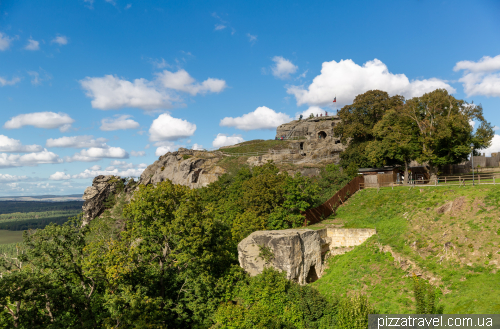
Ruins of Regenstein Castle in the Harz Mountains (Burg Regenstein) ©Yuriy Buriak
In the 15th century, the Regenstein family moved to Blankenburg Castle. Regenstein fell into disrepair and became a ruin. The last male descendant of the noble family, Count Johann Ernst von Regenstein, died in 1599.
Beginning in 1671, the Prussians expanded the castle complex into a fortress. In the same year, a castle well over 197 metres deep was dug, which holds the record as the deepest castle well in the world. However, it is now defunct.
In 1736, lightning struck the gunpowder tower and caused serious damage. By 1742, the outer length of the wall was 1200 metres. All that remained of this fortress were casemates, structures built into the rock, and a restored entrance gate.
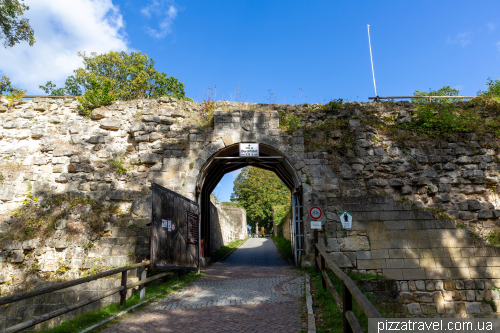
Ruins of Regenstein Castle in the Harz Mountains (Burg Regenstein) ©Yuriy Buriak
The fortress is characterised by numerous cave-like rooms carved into the rock. Even the stables were carved in the rock.

Ruins of Regenstein Castle in the Harz Mountains (Burg Regenstein) ©Yuriy Buriak
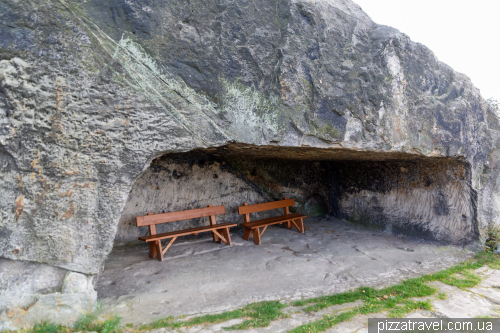
Ruins of Regenstein Castle in the Harz Mountains (Burg Regenstein) ©Yuriy Buriak

Ruins of Regenstein Castle in the Harz Mountains (Burg Regenstein) ©Yuriy Buriak
Johann Wolfgang von Goethe visited Regenstein on 11 September 1784 during his third trip to the Harz Mountains for geological research.

Ruins of Regenstein Castle in the Harz Mountains (Burg Regenstein) ©Yuriy Buriak
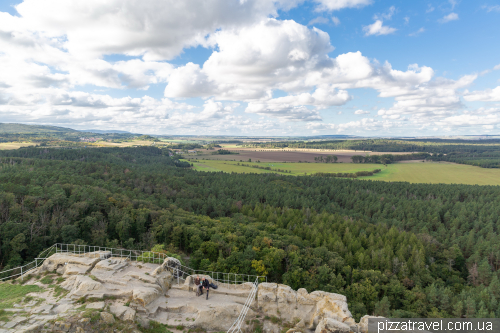
Ruins of Regenstein Castle in the Harz Mountains (Burg Regenstein) ©Yuriy Buriak
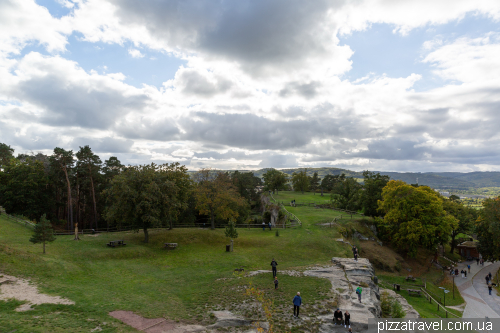
Ruins of Regenstein Castle in the Harz Mountains (Burg Regenstein) ©Yuriy Buriak
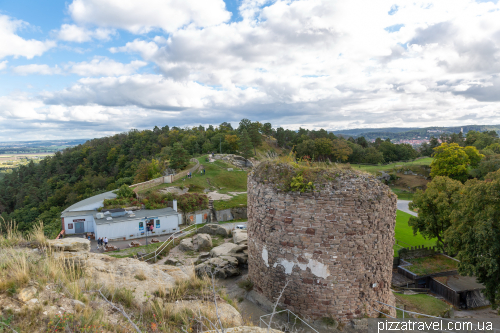
Ruins of Regenstein Castle in the Harz Mountains (Burg Regenstein) ©Yuriy Buriak

Ruins of Regenstein Castle in the Harz Mountains (Burg Regenstein) ©Yuriy Buriak
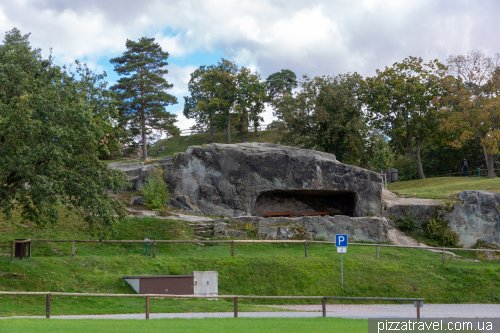
Ruins of Regenstein Castle in the Harz Mountains (Burg Regenstein) ©Yuriy Buriak

Ruins of Regenstein Castle in the Harz Mountains (Burg Regenstein) ©Yuriy Buriak
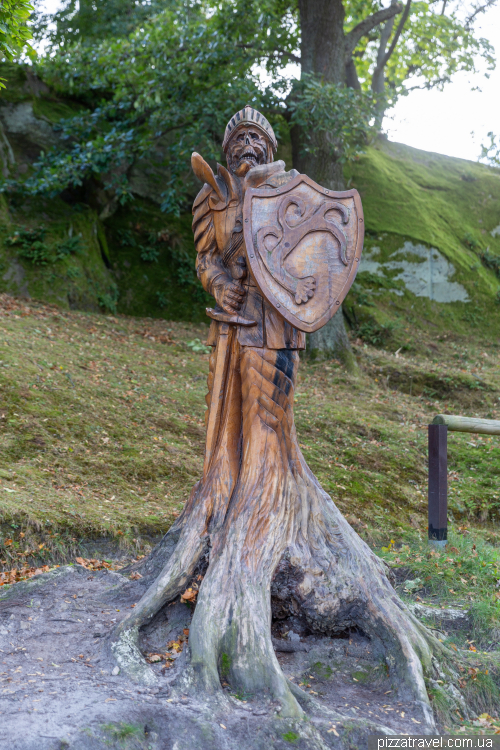
Ruins of Regenstein Castle in the Harz Mountains (Burg Regenstein) ©Yuriy Buriak
Getting there: parking
51.812472, 10.953333



















